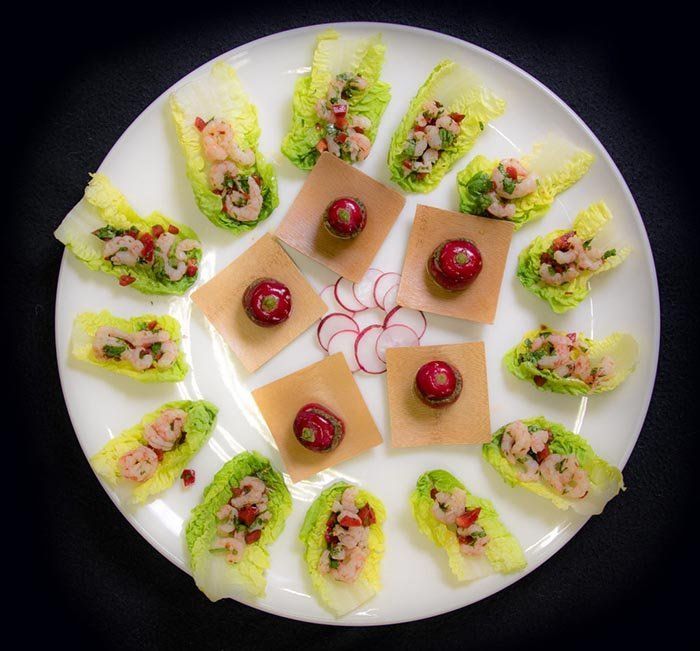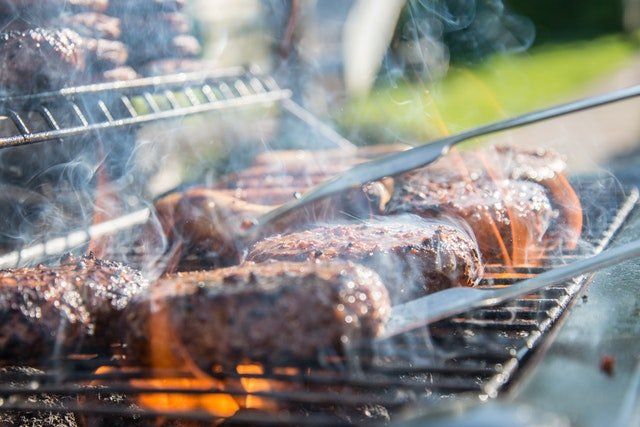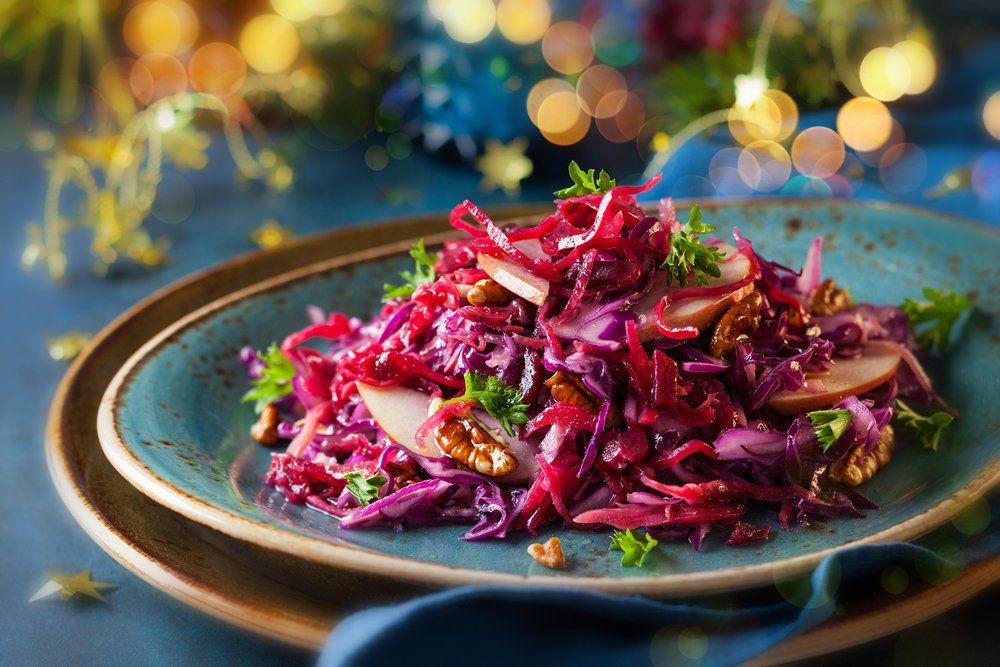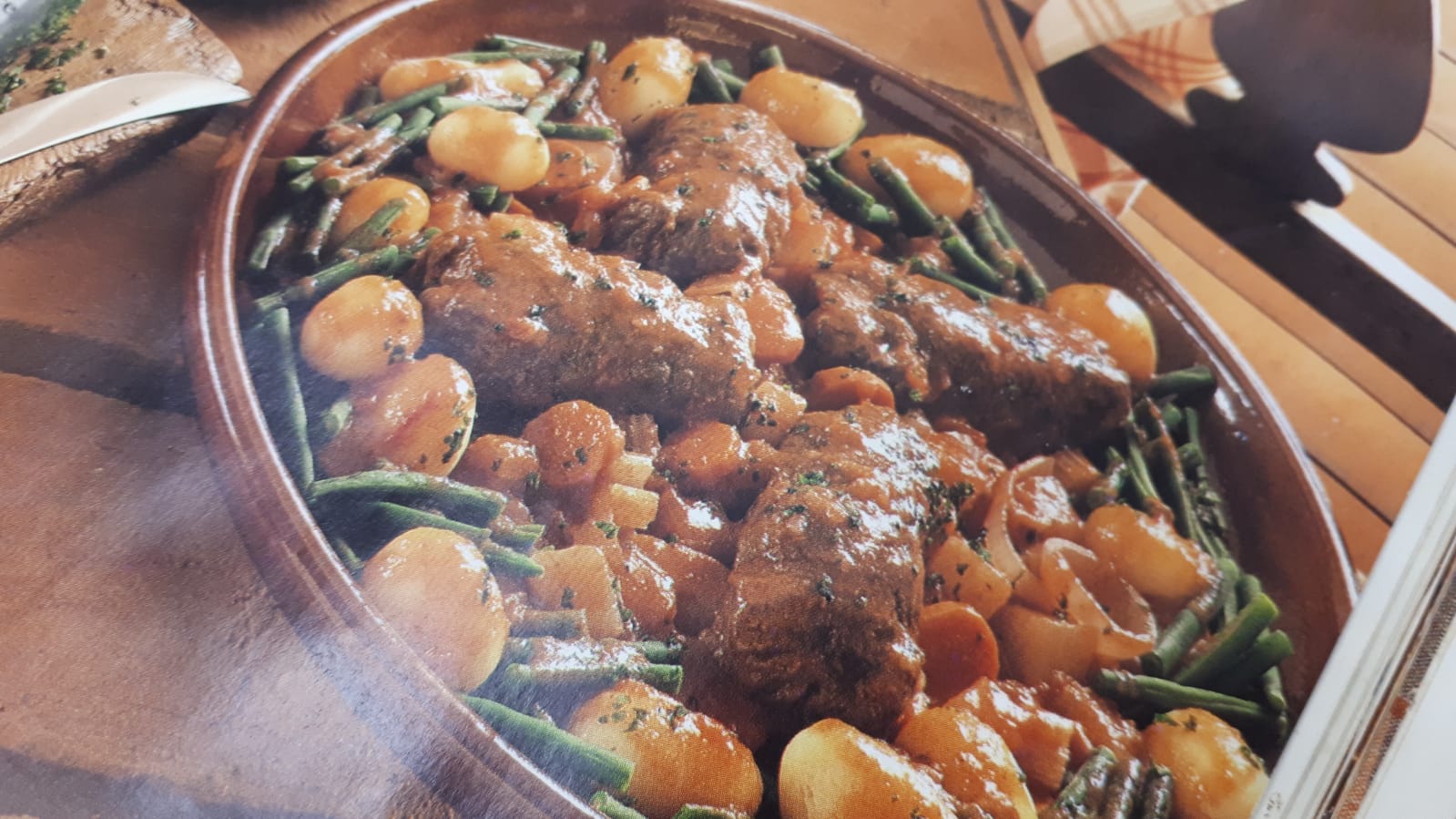Have yourself an Eco Friendly Christmas
- By Sonya Meagor
- •
- 04 Jan, 2018
- •

If you care about sustainability and if you are eco conscious, you
are probably already aware that in the U.K people throw away an obscene
amount of food. According to the Food Standards Agency “we throw away 7
million tonnes of food and drink from our homes every year, the majority
of which could have been eaten. Wasting this food costs the average
household in the UK £470 a year.”
Obviously we want to reduce waste year round but the problem is so
much worse at this time of year. People buy too much food at Christmas
and that’s why so much is thrown away. Most shops are only closed for
one day and yet the amounts bought average 169.00 per household just on
food for Christmas day!
Not to mention the amount of plastic waste, non-recyclable packaging and bin bags being thrown out too! So I am on a mission to ensure we all consciously consume this Christmas.
First things first, plan your dining. We all like to have little luxuries and foodie treats to snack on over the festive period, but be sensible. Think about when you will be at home and how much you will realistically eat. If you are entertaining, plan your menu in advance and buy enough food for the amount of people you are catering for. Stuck for ideas? Take a look at my blog post with seasonal recipes.
When it comes to Christmas Day’s food, most of us know about
utilising Christmas dinner leftovers over the following days with cold
cuts and salad, potato salads, sandwiches and turkey curry. Personally I
love making bubble and squeak with left over veggies and having it with
a poached egg. But it’s also yummy with any leftover turkey, ham or
even on it’s own… This is a good option for minimising food waste –
especially for the veggies that aren’t ideal contenders for freezing.
That said a lot of people forget the trusty freezer over Christmas.
Remember, you can freeze some of your leftovers too. From ham and meats
to Christmas cake! Just make sure you freeze food in sensible portion
sizes. It is best to have food frozen separately as a few portions
rather than in one large chunk that is hard to defrost and too much to
eat. Once you have defrosted it, you can’t freeze it again.
Consider local refuges and food banks over Christmas too. Normally
they want canned or longer life goods but if you have food going spare,
reach out to someone in need.
We’ve covered off the food basics, now what about Christmas presents? I do try and buy eco friendly brands and I like to check that packaging is minimal or at least appropriate for the gift, as well as recyclable of course.
Do try to buy local and UK made products where you can. Shopping
independent is even better in my book but it can be quite difficult to
do for certain products and gifts! Try not to use online sites with
delivery – though this is another challenge for busy folk. If you find
something online, most stores will match the price if you ask them and
show them on your mobile device.
My parting words of wisdom – just do your best. We can’t be perfect
but if we all tried to consciously consume and make small changes it
will certainly make for a less wasteful Christmas.
Good luck and enjoy the season!

The Millfield theatre is home to eco cuisine and the events have been held here too for that reason.
OLIO (the food app) and NLWA (North London Waste Authority) CROPDROP (local Haringey boxed fruit/vegetable scheme) plus our very own Sonya Meagor (eco cuisine) are confirmed as our first speakers and we're For each event, we support a North London based charity related to the event theme - for this event we're delighted to collaborate with The Felix Project .
TICKETS
https://www.eventbrite.co.uk/e/sustainable-food-packaging-tickets-61490383392?aff=website


With less than two weeks until Christmas and the holidays nearly upon us, the shops are stocked with delicious festive treats and people are already stocking up on Christmas food fit for a feast or two.
But, just because it is Christmas doesn’t mean we should not consider what is in season and keeping sustainability at the forefront of our minds.
So, what is in season over December and the winter seasons in Britain? Well, thankfully many of the Christmas time favourites are favourites for a reason – they’re traditionally easily grown and sourced in the U.K. over winter. Cabbage, sprouts, potatoes and onions, celeriac, celery and carrots as well as parsnip and swede are all in season this time of year. Not forgetting chestnuts, beef and venison and even guinea fowl too.
So roast dinners with all the trimmings can be environmentally friendly! Of course clementines, pomegranates and dates are seasonal favourites too and these are obviously not sourced locally.
Whatever you buy and eat over the festive season, remember to consciously consume – making informed and conscious decisions about what you buy and eat.
In the lead-up to the Christmas break we enjoy hearty, warming foods, keeping us warm in the cold weather and suitably fuelled over this busy season.
We enjoy Rumbledethumps – for those who haven’t heard of it, it is the Scottish equivalent of bubble and squeak as it is often made with leftovers, though it isn’t usually fried. It is a lovely filling dish served as a side or when served with a nice piece of fish or chicken breast can even be a substantial main meal.
Rumbledethumps
550g large potatoes,
350g swede
60g unsalted butter
250g kale, finely sliced
1 small onion diced
Sprigs of thyme
25g cheddar cheese, grated
Preheat the oven to 180C/350F/Gas 4.
Peel and chop the potatoes and the swede and chop into large chunks. Next, boil in a saucepan tender. Drain and return to the pan.
Heat three quarters of the butter in a pan on medium low heat and cook the kale and the onions for a few minutes, until the kale is tender and onions lightly browned.
Add the kale and onions to the pan with the potatoes and swede then add the remaining butter and mash together. Season, to taste, with salt and freshly ground black pepper.
Place the mashed medley into an ovenproof dish and top with the cheese. Cover with a lid and bake in the oven for about 20 minutes, then remove the lid and continue to cook for a further 15 minutes, or until piping hot and golden-brown on top. Serve with fresh thyme.
What winter dishes keep you going in the lead-up to the Christmas break? Let us know in the comments.








